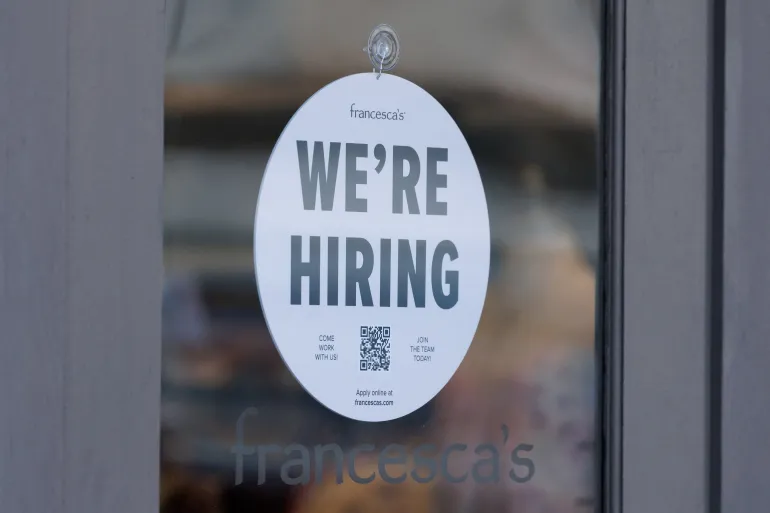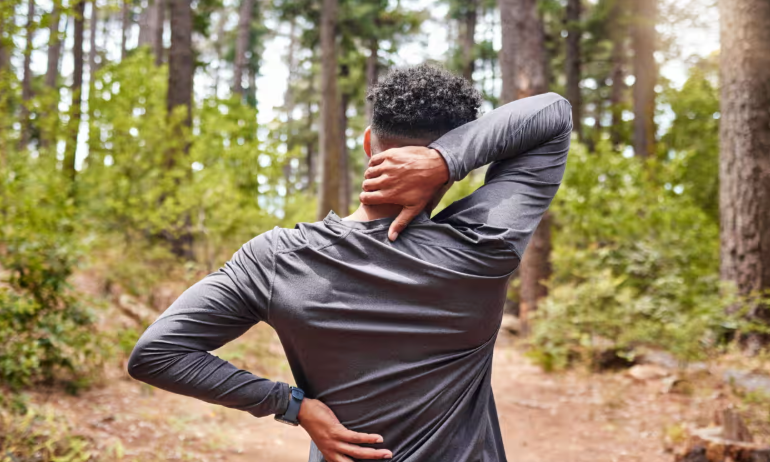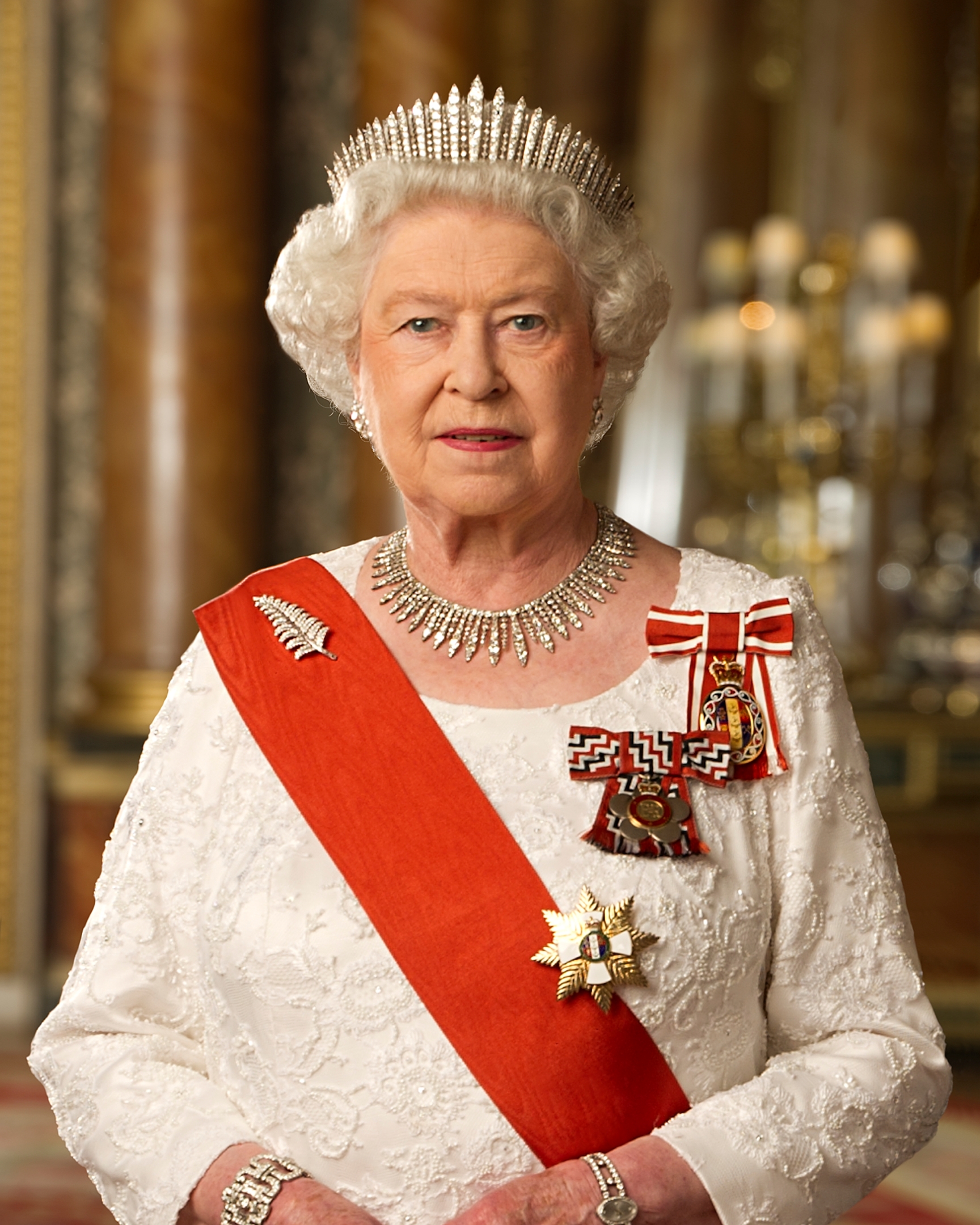A comprehensive global review has found that most non-surgical treatments for back pain provide little to no relief, with only a handful offering modest benefits.
The study, published in BMJ Evidence-Based Medicine, analyzed 301 randomized controlled trials covering 56 different treatment approaches. Researchers concluded that only 10% of these treatments demonstrated any significant pain relief, and even those that did were only mildly effective.
Back pain is one of the most common health concerns worldwide, affecting millions of people and often leading to chronic discomfort, limited mobility, and reduced quality of life. The available treatment options range from painkillers and physical therapy to acupuncture, massage, and spinal manipulation. However, the study found that only six of the 56 analyzed treatments had a measurable effect on pain reduction, while others either had no impact or, in some cases, even worsened symptoms.
The most effective treatment for acute lower back pain, according to the study, is non-steroidal anti-inflammatory drugs (NSAIDs) such as ibuprofen and aspirin. For chronic lower back pain, five other treatments showed limited effectiveness: exercise, spinal manipulation, taping, antidepressants, and certain topical pain relief drugs. However, researchers emphasized that the benefits of these treatments were relatively small.
Meanwhile, commonly used interventions such as paracetamol, glucocorticoid injections, antibiotics, and local anesthetics were found to have little to no effect. Some treatments, including extracorporeal shockwave therapy and the anti-inflammatory drug colchicine, were even associated with increased pain.
Despite these findings, healthcare professionals stress that treatment plans should be individualized, as different patients may respond differently to various approaches. Some experts suggest that while certain therapies may not show strong statistical effectiveness, they can still provide relief for some individuals when combined with other strategies, such as lifestyle modifications and physical therapy.
With input from the Guardian and the New York Times.










The latest news in your social feeds
Subscribe to our social media platforms to stay tuned